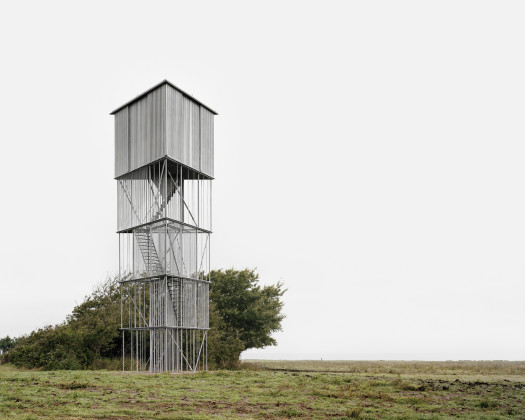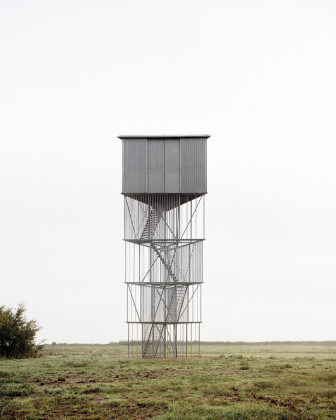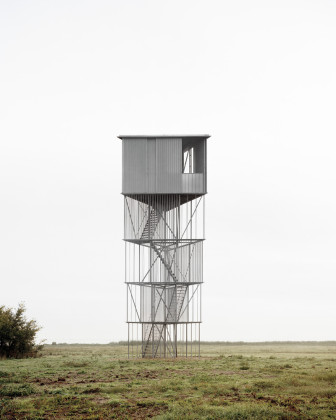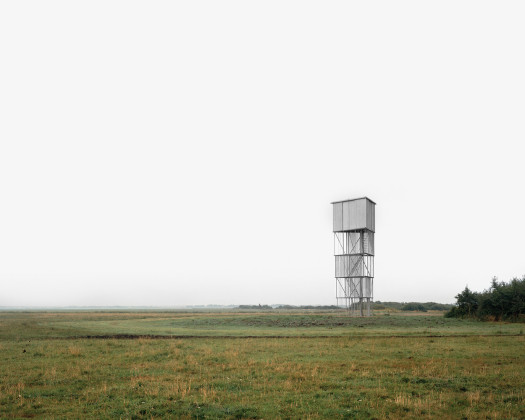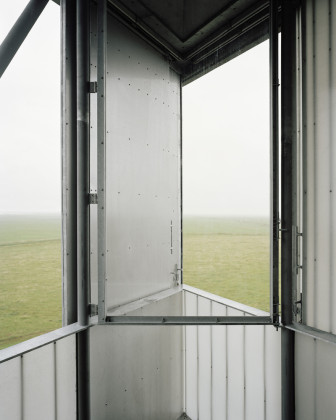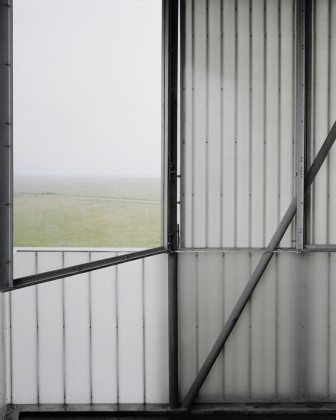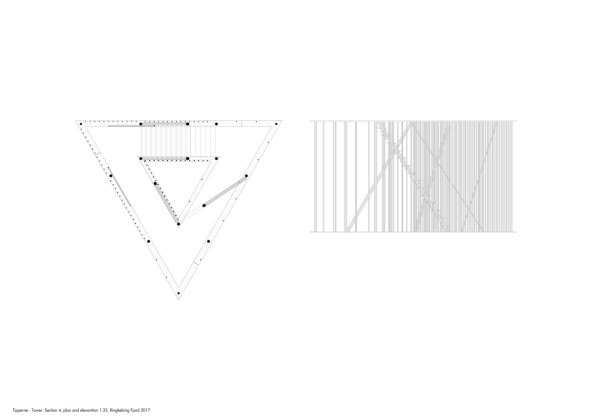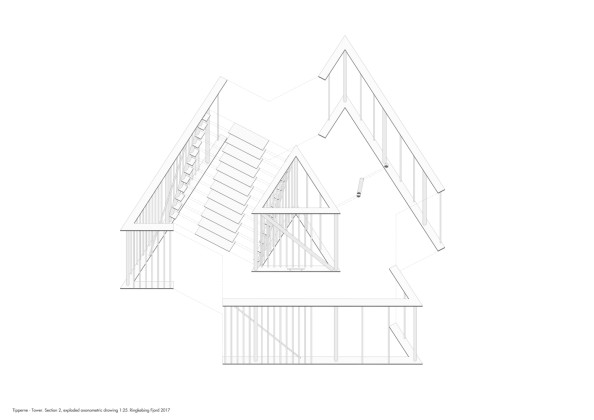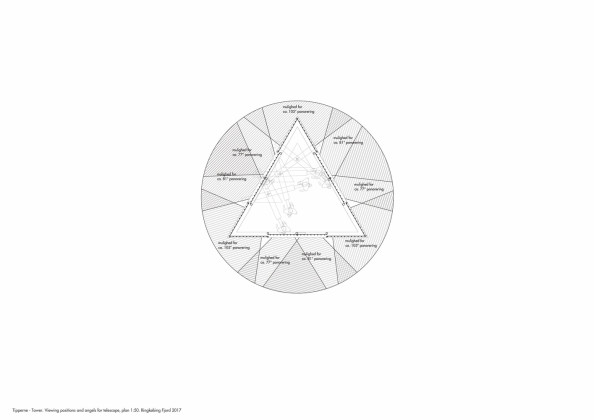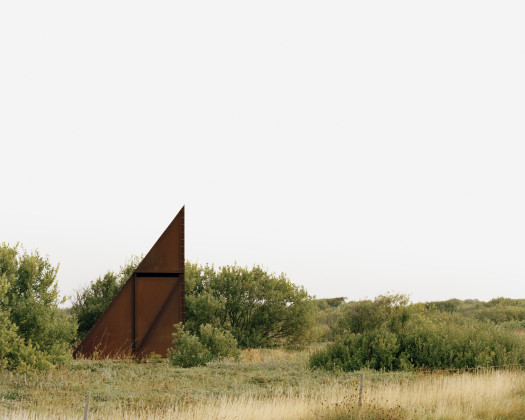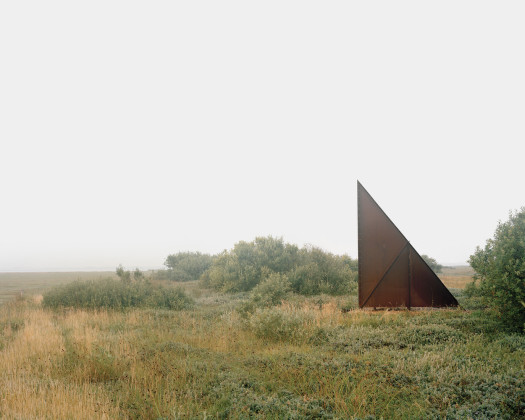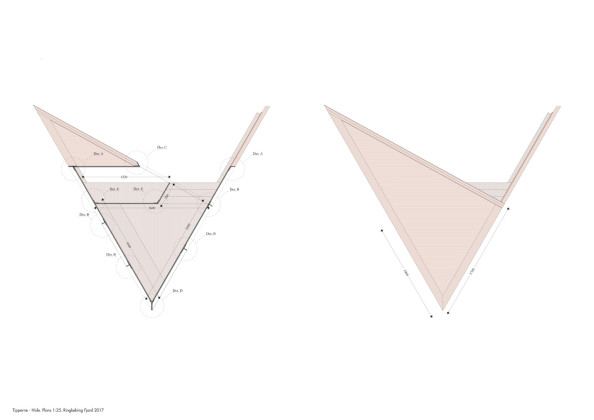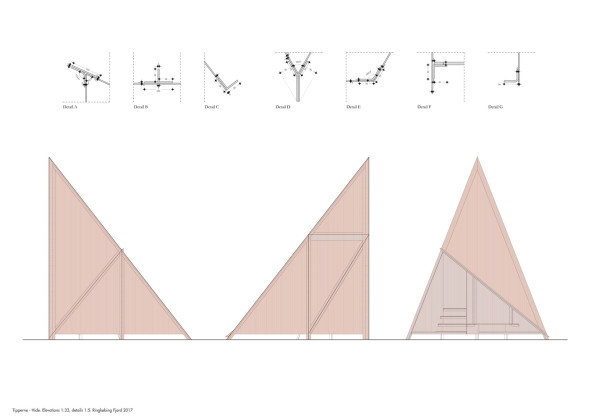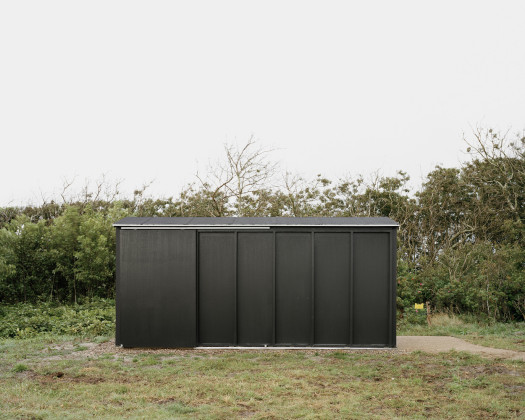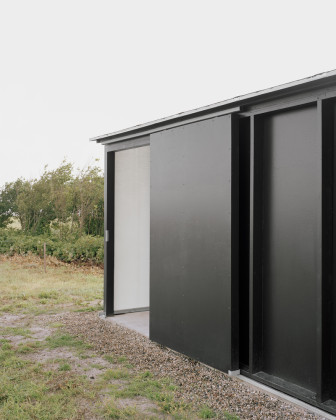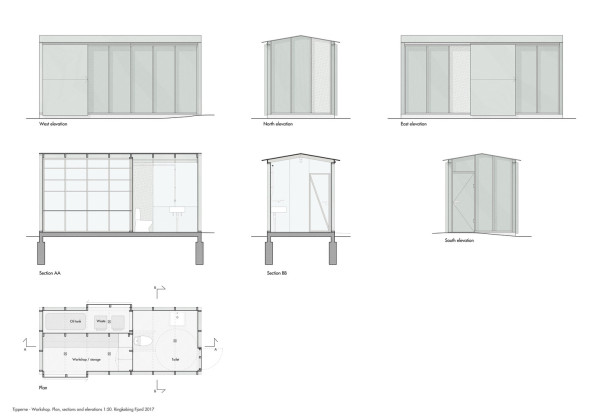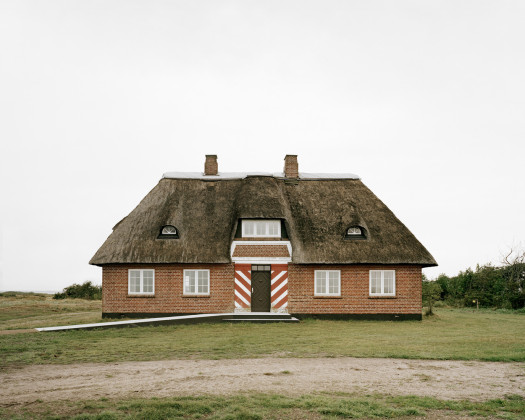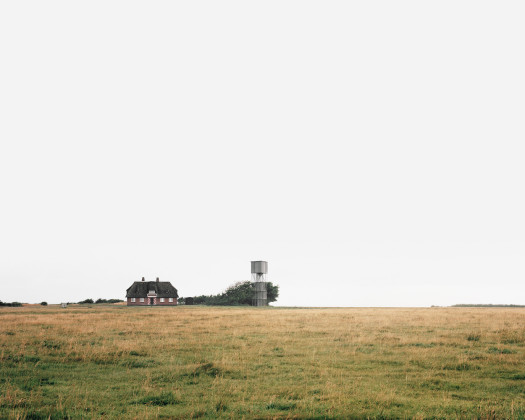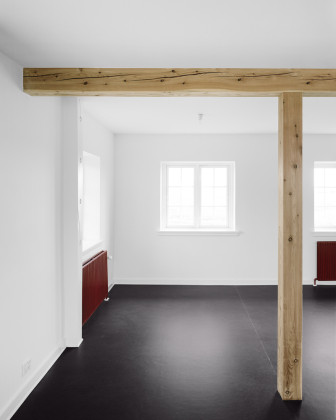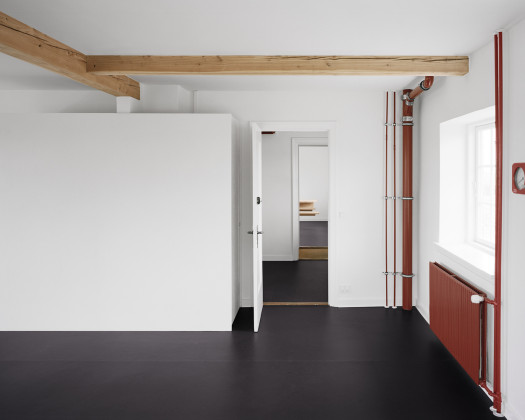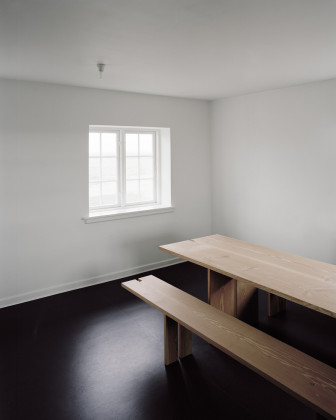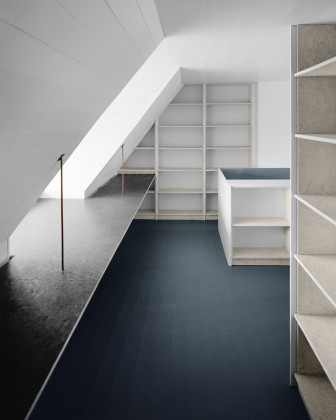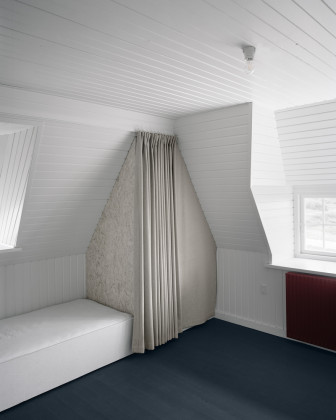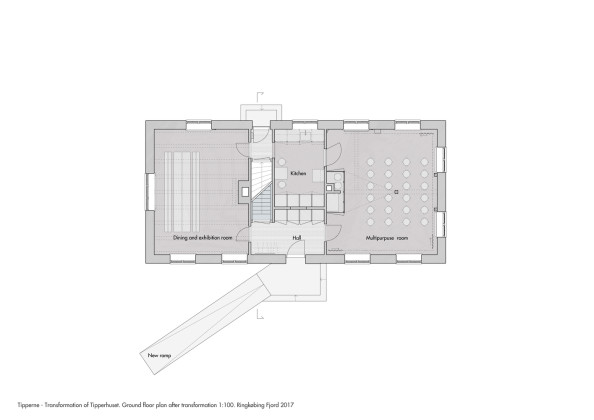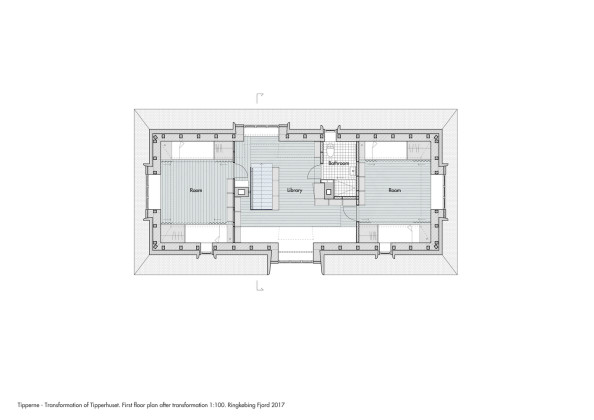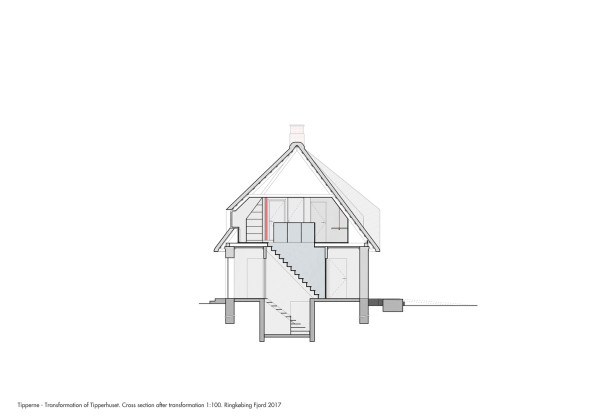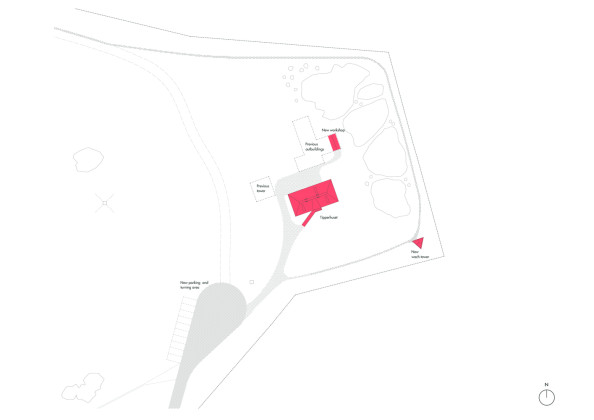Means of Observation
Designed by Johansen Skovsted Arkitekter, new facilities at Tipperne Bird Sanctuary are imagined as free-standing objects in the landscape, each with distinctive characteristics and subtle mutual relationships to one another and their surroundings
The bird sanctuary at the tip of the peninsula in the southern part of Ringkøbing Fjord is, with its unique nature, an important stopping point for migratory birds and home to Europe's oldest continuous bird counts. Previously, public access to the area has been very limited, but through establishing new facilities the area has now been opened to visitors. These facilities consist of simple instrument-like additions in the landscape: a bird hide, watch tower, workshop, walking routes and a conversion of the Tipper House research station.
The bird watching tower was developed through the synthesis of the open, flat wetland geography and dense moisture in the air, and the techniques of a local factory specialising in the production of masts in solid cylindrical iron bars. The platform provides an elevated framing of the landscape, a space which can be either closed to offer a secluded position for bird counters, or opened-up to the view. The structural system is designed as a jettying frame expanding in width as it rises, allowing a small footprint to incrementally widen to support a larger platform above. Horizontal elements of galvanised iron plates have been bolted and welded together, whilst vertical and diagonal galvanised cylindrical iron bars span between the plates. 50 mm and 65 mm diameter columns and diagonals take compression forces, whilst 22 mm diameter cylindrical iron bars, which form both the balustrade and handrails, transfer tensile forces. All individual elements, including handrails, stairs, landings and balustrades, form a part of the tower's overall structural system.
The bird hide is a triangular steel structure which acts as a stopping point along a walking trail. Visitors can enter a raised hidden platform, from which wildlife can be seen up-close through a narrow slot opening. The structure is assembled using 6 mm plates of corten steel, with edge reinforcements which simultaneously function as assembly profiles and gutters whilst connecting the structure into the terrain.
The workshop building refers to a small local settlement of improvised hunting huts. It is built as a simple timber frame structure stiffened and sealed by 3 mm aluminum plates on the inside of the structure. The exterior is painted in contrast to the untreated aluminum revealed internally. Light penetrates the structure through translucent fiberglass boards.
The existing Tipper House has been transformed into a visitor center and a research station. The building now hosts exhibitions, a multipurpose room, dining room and kitchen on the ground floor, a library with work space on the first floor and alcove sleeping areas in the gables. In order to retain the quality and character of the existing building, the renovation was realised through a number of subtle interventions. A new external ramp is the only visible alteration from the exterior, internally new beams and columns replace and reinforce the load-bearing walls, a specially designed table and benches feature in communal areas, red pipes, radiators and wind gauges draw attention to the research function of the building. Built-in furniture made from OSB among other things, forms a new archive for bird counts which has a textural quality reminiscent of the plants in the landscape and thatch of the roof.
 30.11.2017
30.11.2017



